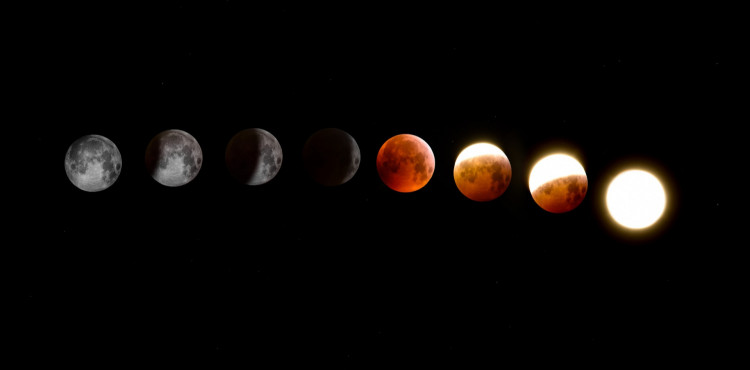There's a lot more to November than pumpkins and politics if you'd look up to the skies. Throughout November, there are many reasons to gaze at the night sky when the iconic bright stars of the winter night sky start to come back.
Here's what you need to know about stargazing in November 2020:
A space rock
To see it, you will need a pair of binoculars, but Comet P1 NEOWISE, also known as Comet C/2020 P1 NEOWISE, will be visible in early November in the pre-dawn morning sky of the northern hemisphere.
You'll find it between Venus and Arcturus, as this Universe Today star chart demonstrates. Comet F3 NEOWISE, which was bright during July and is now speeding away from the inner Solar System, should not be confused with Comet P1.
When: Before dawn on Nov. 10
Meteor showers
This month there are two meteor showers of note: first the Northern Taurids and then the Leonids. Neither is extremely super spectacular, with just about five or 10 per hour for the former and 10-15 per hour for the latter, but both are good to learn about. It is known that the Northern Taurids unleash the occasional super-bright fireball that you would not forget in a minute, whilst the Leonids have created impressive shows in the past (although the next one is not anticipated until 2034).
Either way, the event should be at its best in the hours after midnight in the early hours for both meteor showers.
When: Nov. 11/12 and Monday/Tuesday, Nov. 16/17
The meeting of Jupiter, Saturn, and the Moon
This month, as they get closer to their special "great solstice conjunction" on Dec. 21, 2020, Jupiter and Saturn are just 3.5 degrees apart. It's been going on every month this year, so you can see on consecutive nights when the Moon gets close to Jupiter, then Saturn, for one of the last times in 2020. A triangle of three heavenly bodies can be seen by astronomers in Europe.
When: Wednesday, Nov. 18 and Thursday, Nov. 29, after sunset
Watch a remarkable moon eclipse
The "Frosty Moon" or "Beaver Moon" is considered the full Moon of November and this one is even going to be a penumbral lunar eclipse. It will only be visible from North and South America, Australia, and East Asia, and 83 percent of the full Moon will be obscured by the penumbra of Earth, the outer space shadow, during the event.
The full Moon will fade when much of the illumination that illuminates it will be absorbed by the Earth in the fourth and final penumbral lunar eclipse of 2020.
When: Nov. 29-30





